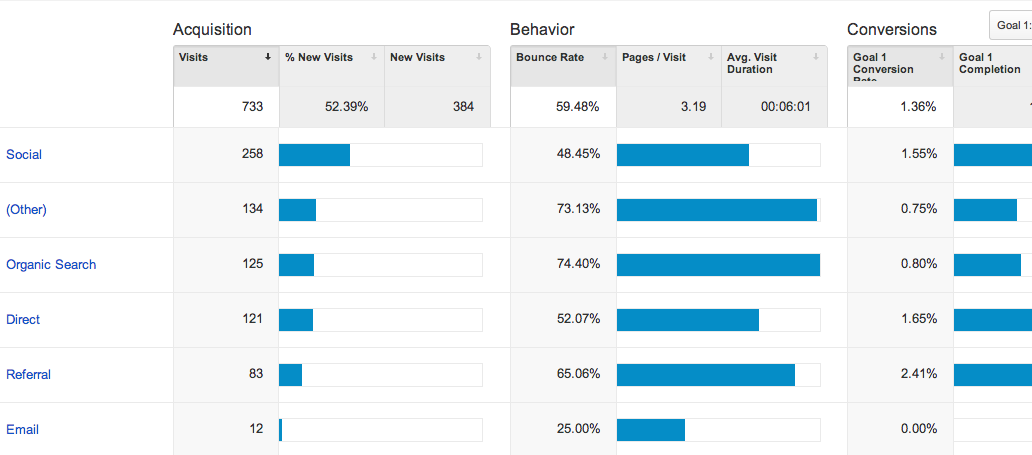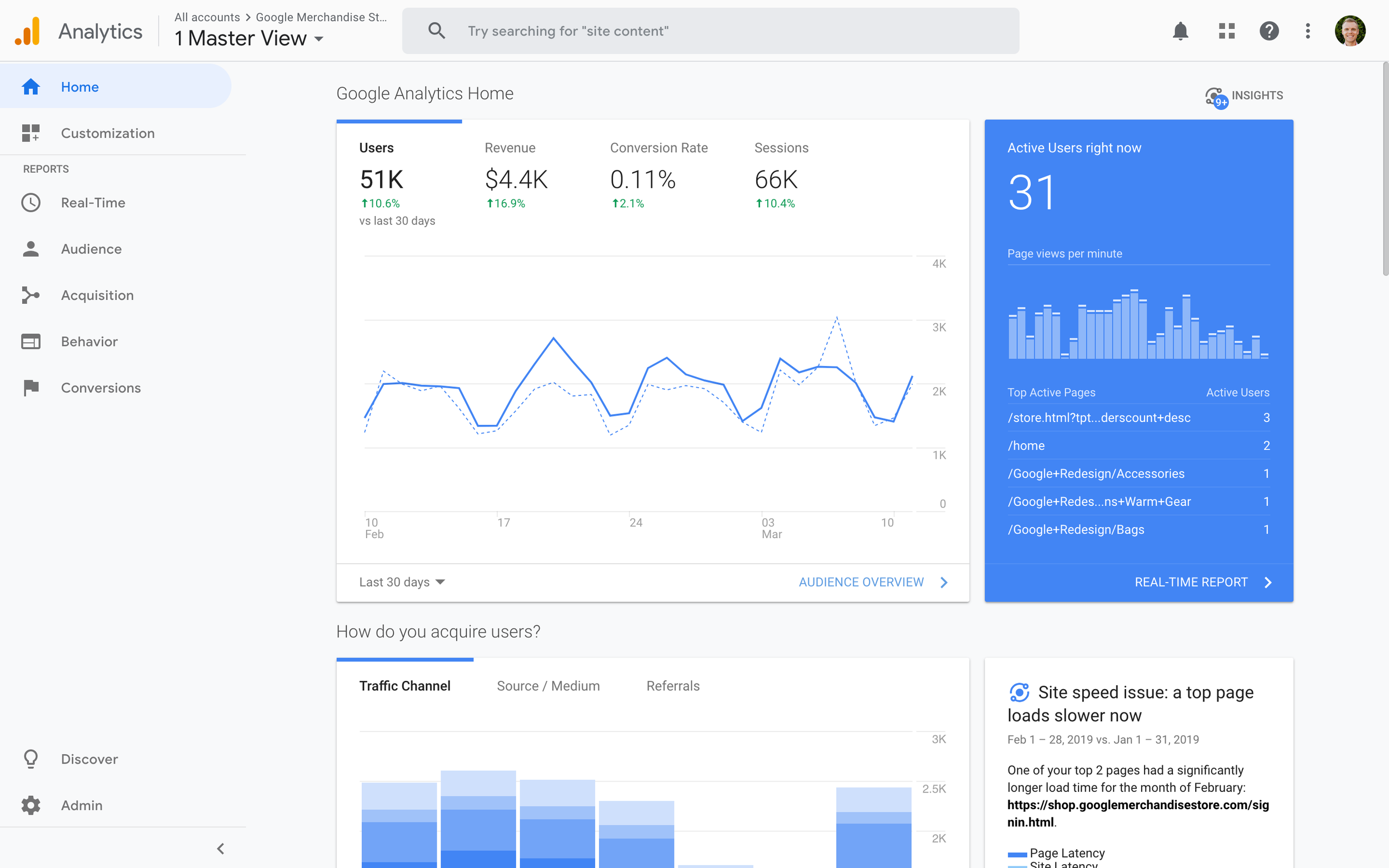What Data Is Google Analytics Goals Unable to Track: A Complete Guide
Wiki Article
Discover the Limitations of Google Analytics Goals: Introducing the Information Kind That Remain Untrackable
As businesses progressively depend on data-driven decision-making, recognizing the limitations of tools like Google Analytics ends up being vital. While Google Analytics Goals deal valuable insights right into user interactions, there exist data types that elude tracking, positioning difficulties to a thorough understanding of user habits.Insufficient Customer Trip Tracking
Insufficient customer journey tracking within Google Analytics can impede the ability to properly analyze individual habits. When the user journey is not totally tracked, there are spaces in the information that prevent a detailed understanding of just how customers interact with a web site. This lack of insight can lead to missed chances for optimization and improvements to the user experience.One typical issue with insufficient customer trip monitoring is the failure to see the full course that users take in the past finishing a goal or leaving the site. Without this information, it is testing to determine where customers may be experiencing challenges or rubbing factors that avoid them from converting. Additionally, incomplete monitoring can obscure the impact of specific advertising initiatives or website adjustments on customer behavior.
To resolve this constraint, it is essential to set up appropriate tracking devices within Google Analytics to catch the entire customer trip. This may entail establishing up event monitoring, goal funnels, or making use of devices like Google Tag Manager to make certain that no crucial interactions go unrecorded. By obtaining a detailed view of the individual journey, web site proprietors can make even more enlightened decisions to boost individual involvement and drive conversions.
Attribution Obstacles
Navigating through acknowledgment challenges in Google Analytics requires an extensive understanding of exactly how different touchpoints add to the total conversion process. Acknowledgment difficulties arise from the complexity of modern-day customer journeys, where customers interact with several networks prior to converting. Google Analytics gives various acknowledgment versions like first touch, last touch, and direct, each offering a various viewpoint on how credit score is designated to touchpoints along the conversion course. Nonetheless, these designs might not constantly accurately show the real impact of each touchpoint on the conversion.One typical acknowledgment difficulty is the problem in associating conversions to the right resource, particularly in cases where users interact with multiple networks prior to converting. This can lead to inaccuracies in determining which marketing initiatives are driving one of the most conversions. In addition, cross-device monitoring presents one more attribution obstacle, as customers usually switch over in between gadgets during their trip, making it testing to track their communications effortlessly. Marketers should thoroughly interpret and analyze acknowledgment information to make enlightened choices and maximize their advertising strategies properly.
Offline Conversions
Offered the challenges connected with attributing conversions properly in online channels, the dimension of offline conversions offers a considerable possibility for marketing experts looking for an extra extensive understanding of their consumers' trip. Offline conversions refer to actions that consumers absorb the physical world, such as making acquisitions in brick-and-mortar shops or over the phone, attending events, or involving with printed products - what data is google analytics goals unable to track. These conversions are crucial for services that run both online and offline, as they offer useful understandings right into the efficiency of advertising and marketing campaigns throughout various touchpointsTracking offline conversions typically postured a significant difficulty for marketing experts, as it was challenging to connect these actions back to certain on-line communications properly. With improvements in innovation, such as the combination of CRM systems, distinct identifiers, and discount coupon codes, companies can now bridge the gap in between online and offline information to acquire a more holistic sight of consumer habits. By efficiently measuring offline conversions, online marketers can optimize their strategies, allocate sources extra efficiently, and inevitably improve the general client experience.
Cross-Device Tracking
Cross-device monitoring plays an important function in comprehending the interconnected nature of consumers' digital communications across numerous tools. In today's omnichannel world, where customers effortlessly change in between smartphones, tablet computers, and desktops, tracking their behavior across these tools is necessary for marketing professionals to gain a detailed sight of their customer journey.
Furthermore, privacy worries and regulations such as GDPR and CCPA have even more complex cross-device monitoring. With users requiring even more control over their data and boosted constraints on monitoring modern technologies, online marketers need to discover ingenious and privacy-compliant methods to link individual interactions across devices.
Dynamic Web Content Involvement
Recognizing customer interaction with dynamic material is critical check this in optimizing electronic advertising and marketing methods for improved audience communication. Dynamic web content refers to site elements that transform based upon user behavior, choices, or other elements, providing an individualized experience. Nevertheless, tracking user interactions with vibrant web content postures difficulties for conventional analytics devices like Google Analytics.While Google Analytics can track standard communications like clicks and reference web page views, it might battle to record more nuanced engagements within vibrant content. what data is google analytics goals unable to track. Metrics such as time invested in particular vibrant aspects, float actions, or communications within pop-ups are usually not quickly quantifiable utilizing basic monitoring techniques. This restriction prevents marketing experts' ability to completely grasp exactly how users are engaging with vibrant content and customize their techniques as necessary

Conclusion
In conclusion, Google Analytics objectives have constraints in tracking incomplete individual journeys, associating conversions properly, catching offline conversions, tracking cross-device communications, and determining vibrant web content engagement. These restrictions highlight the importance of exploring extra tracking techniques and tools to gain an extra comprehensive understanding of user behavior and conversions go to this site past what Google Analytics can provide.While Google Analytics Goals deal beneficial understandings right into customer communications, there exist information kinds that avoid tracking, presenting difficulties to a detailed understanding of customer habits.Insufficient individual journey tracking within Google Analytics can hinder the capacity to properly assess user behavior. When the individual journey is not totally tracked, there are gaps in the information that prevent an extensive understanding of just how individuals connect with a site.One common issue with insufficient user journey tracking is the failure to see the complete path that individuals take previously completing an objective or leaving the site. By acquiring an extensive view of the customer journey, website proprietors can make more informed choices to enhance customer involvement and drive conversions.
Report this wiki page